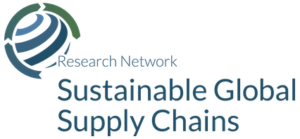How firms export: Processing vs. ordinary trade with financial frictions
Kalina Manova, Zhihong Yu
2016
DOI numberhttp://dx.doi.org/10.1016/j.jinteco.2016.02.005
#Trade and FDI
#East Asia and Pacific
The fragmentation of production across borders allowsfirms to make and exportfinal goods, or to perform only in-termediate stages of production by processing imported inputs for re-exporting. We examine howfinancial frictionsaffect companies' choice between processing and ordinary trade–implicitly a choice of production technology andposition in global supply chains–and how this decision affects performance. We exploit matched customs and bal-ance sheet data from China, where exports are classified as ordinary trade, import-and-assembly processing trade(processingfirm sources and pays for imported inputs), and pure assembly processing trade (processingfirm re-ceives foreign inputs for free). Value added, profits, and profitability rise from pure assembly to processing with im-ports to ordinary trade. However, more profitable trade regimes require more working capital because they entailhigher up-front costs. As a result, credit constraints inducefirms to conduct more processing trade and pure assem-bly in particular and preclude them from pursuing higher value-added, more profitable activities. Financial marketimperfections thus impact the organization of production acrossfirms and countries and inform optimal trade anddevelopment policy in the presence of global production networks.

